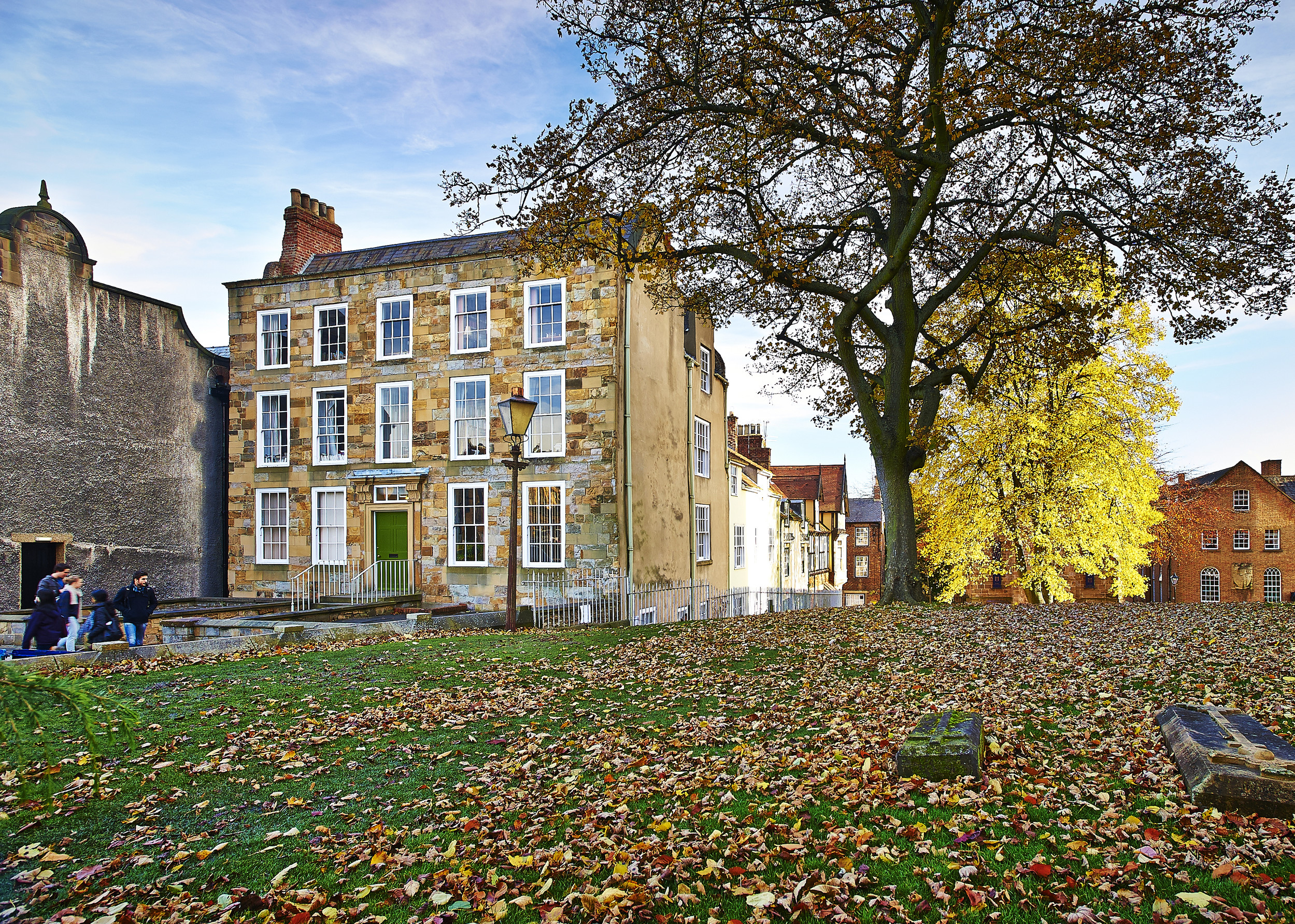A spectrum of meanings: who owns the colours of the rainbow?

by Emma Wilkinson, third year undergraduate at Durham University and, from September 2020, an ordinand for the Church of England
Houses adorned with rainbows have become a common sight during lockdown. Usually in the form of children’s drawings stuck in windows, the rainbow has become a symbol of support for the NHS. From streets in Bradford to 10 Downing Street, from school playgrounds to Kensington Palace, the symbol of the rainbow in support of the NHS appears to have been adopted at every level of the political.
Symbols are complicated and usually have a contested history. The rainbow is no exception; its history is steeped in political and theological thought. Although it pre-dates the reformation, the German Peasants’ War in 1525 saw radical reformer Thomas Müntzer gather his paramilitary alliance, ‘Eternal Covenant of God’ under a rainbow banner. A symbol of faith and hope.
In more recent history, the 20th century saw the rainbow used to symbolise moments and movements of social change. In the 1960s a rainbow flag was used at peace marches, in Italy and beyond, as it was in demonstrations against nuclear weapons. A symbol of an ongoing desire for peace. In the 1970s, Gilbert Baker designed the rainbow flag for the LGBT community, replacing the pink triangle which had been used by the Nazi’s to stigmatise and oppress. The rainbow flag became a symbol of pride.
Then in the 1990s Archbishop Desmond Tutu coined the term ‘rainbow nation’ to describe South Africa, this language was then used by Nelson Mandela following the 1994 elections. A symbol of reconciliation and unity.
And now, the rainbow has become a symbol of hope that the pandemic will end and a symbol of public gratitude to those in the NHS who work to care for us and our community when we become sick.
These symbols are not confined to the historic moments in which they find their origin, but they exist beyond their historical context, into the present day. This means the many different expressions of the rainbow’s symbolism often overlap with one another, maybe even sometimes compete with one another. This raises the question of to whom the rainbow belongs.
In May a Plymouth bus company tweeted that it was to ‘re-brand’ their Pride bus, using the rainbow on it to thank the NHS. The same bus, with the same design, using the same symbol, now was to symbolise something else. One of the common concerns raised by those who tweeted Plymouth Citybus, upset at the rebranding, was a fear of erasure of LGBT+ identity. Symbols are so vital to our social and political identity, that to change their meaning in the public square can change public perception of groups and movements.
Three days later, Plymouth Citybus tweeted an apology to those who were offended by the rebranding, using the emoji of praying hands to frame the tweet, perhaps because prayer is in itself a symbol of sincerity. Negotiating the use of symbols is not just a political challenge, but a theological one too.
Our contemporary cultural understanding in the UK of what the rainbow symbolises finds its heritage in theological story. The story of Noah’s ark remains familiar in a British cultural register, even if all that is commonly known is that animals went into the ark two by two. This biblical story finds its conclusion in the rainbow, a symbol of hope, a symbol of a new day, a symbol of a divine promise.
This acknowledgment of the rainbow’s theological history in a western context has led some Christian groups to a desire to reclaim the rainbow in an assertion that the rainbow and all it symbolises belongs to Christian thought. If there were ever a moment for such an action, that moment has long passed.
It may be comforting to claim ownership of symbols, but once symbols exist in the public square they move as if in a game of pass the parcel. You can never quite know who will get the symbol when the music stops. This does not mean we should disregard a symbol’s history, rather the more a symbol is used the more sensitive we should be to the groups and movements to whose identity it is connected.
For now, the music has stopped on the NHS and the rainbow symbolises gratitude. But the music will start again. The NHS will keep its part of the parcel, just as the movements preceding it have, but the symbol will move on. It belongs to no one and to every one simultaneously. Well, at least until the music stops again.


/prod01/prodbucket01/media/durham-university/departments-/theology-amp-religion/21213-1.jpg)